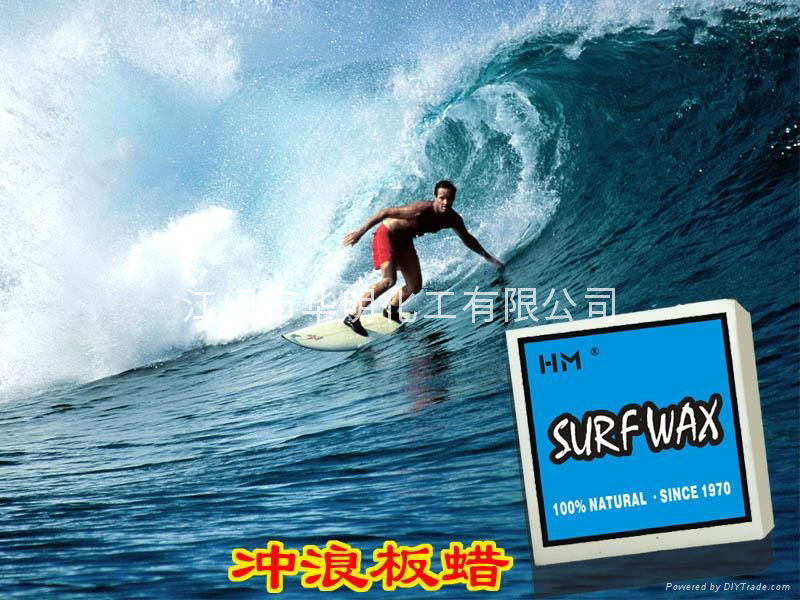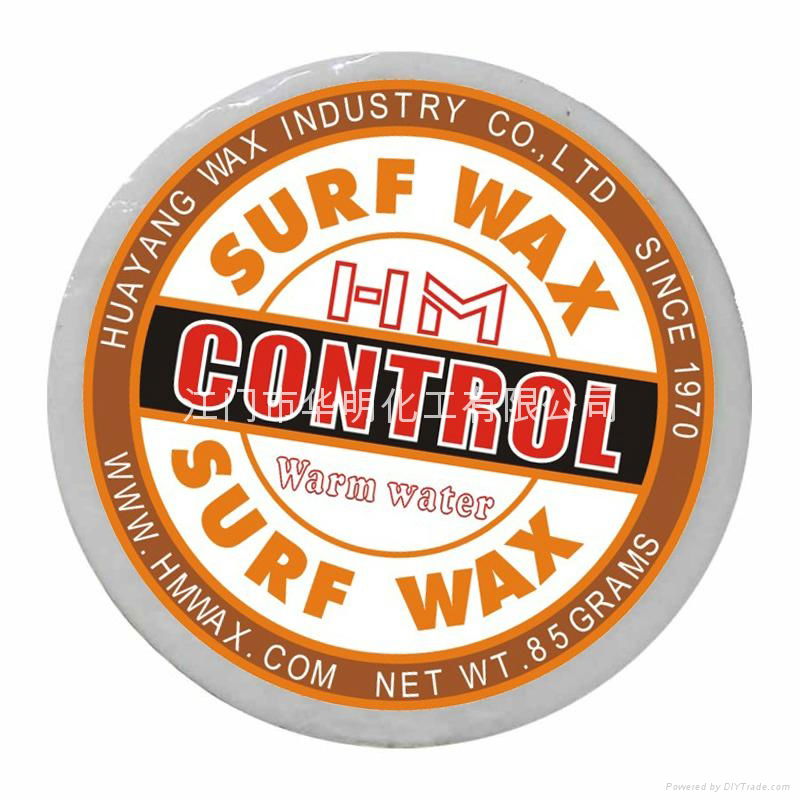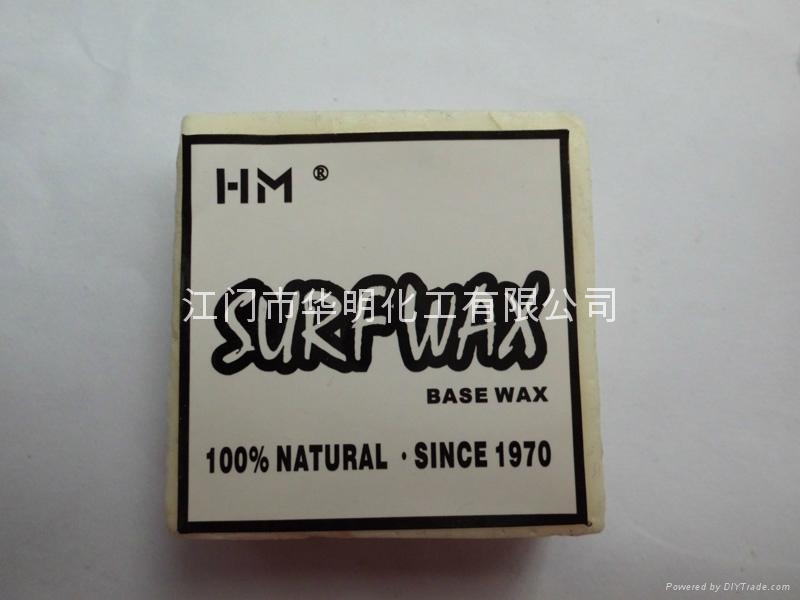| Model: | - |
|---|---|
| Brand: | - |
| Origin: | Made In China |
| Category: | Sports & Recreation / Sport Products / Water Sport |
| Label: | - |
| Price: |
¥6
/ pc
|
| Min. Order: | 10 pc |
Product Description
Surfboard wax (also known as surfwax ) is a formulation of natural and/or synthetic wax for application to the deck of a surfboard, bodyboard, or skimboard, to keep the surfer from slipping off the board when paddling out or riding a wave. It is also used to increase grip on the paddle of a surf kayak or dragon boat.
Surfboard wax is generally composed of a mixture of paraffin, beeswax or other hard waxes, petroleum jelly can also be added to create a softer wax. Often exotic scents like coconut or bubblegum are added to give the wax an attractive scent. There are also natural alternatives available containing only organic substances like beeswax, vegetable oils (such as coconut or hemp oil), pine resin, tree pulp and natural essential oils. Many different commercial brands and varieties of surfboard wax optimized for different climates and water temperatures may be found at a surf shop.
Removal
Removing the wax can be time consuming, or can take just a couple minutes. A plastic scraper (typically found on the back of a wax comb) can be used to remove the wax in large chunks. Residual wax that has not been removed by scraping can be dealt with using a soft cloth, either on its own or in combination with (for example) coconut oil. Various commercial solvents are also available. Solvents, however, are usually avoided as they can damage the surface or paintjob of the board.
Another method that many surfers prefer is to let their board lie in the sun with the deck side up. After about ten minutes, beach sand is spread onto the melted wax and the sand is then rubbed. This method enables surfers to take all the wax off at once. The board is then left smooth and ready to be stored away or to be re-waxed. A surfer can also use a wax comb to scrape or comb the wax off the board.
Maintaining
There are two methods that surfers use to maintain their wax. Usually a wax comb is used to maintain the grip of the wax. Usually, the comb is used to engrave a cross-cut pattern into the wax to create a tackier surface. The second method is to take coarse beach sand and to rub it on the board to scratch the wax and create a rougher surface.
Temperature
Most surfboard wax comes labeled with a water temperature range that it is ideal for. Wax used in water colder than its rating will become hard and not provide the stickiness needed to stay on the board, while wax used in water warmer than its rating may melt.
Some surfers layer different temperatures of wax to create the level of firmness and stickiness desired.
The normal procedure is to lay down a thin base coat of a high temperature wax, usually labeled for tropical water, to build up bumps and texture. This will not melt off. Then you put the temperature-appropriate wax or sticky wax on top of that. This ensures that as you change your wax for different temperatures, you will not end up with cold water wax on the board directly, which will melt off in sheets while you are surfing. However some waxes are designed to work in all water conditions and have the ability to remain on the board in all water conditions and temperatures.
Application
Surfboard wax is applied by first putting a basecoat onto the clean board. This harder basecoat forms a bump pattern on the surfboard which the surfer will then stick to. The basecoat is then topped with a top coat of wax of an appropriate temperature.
There are a few techniques that can be used to apply the wax to a surfboard, from rubbing small circles to making diagonal lines. There is little difference in the end result, the application a surfer uses simply depends on preference.
Member Information
| Huayang Wax Industry Co.,Ltd. | |
|---|---|
| Country/Region: | Guang Dong - China |
| Business Nature: | Manufacturer |
| Phone: | 13172272868 |
| Contact: | frank (Manager) |
| Last Online: | 04 Nov, 2022 |


